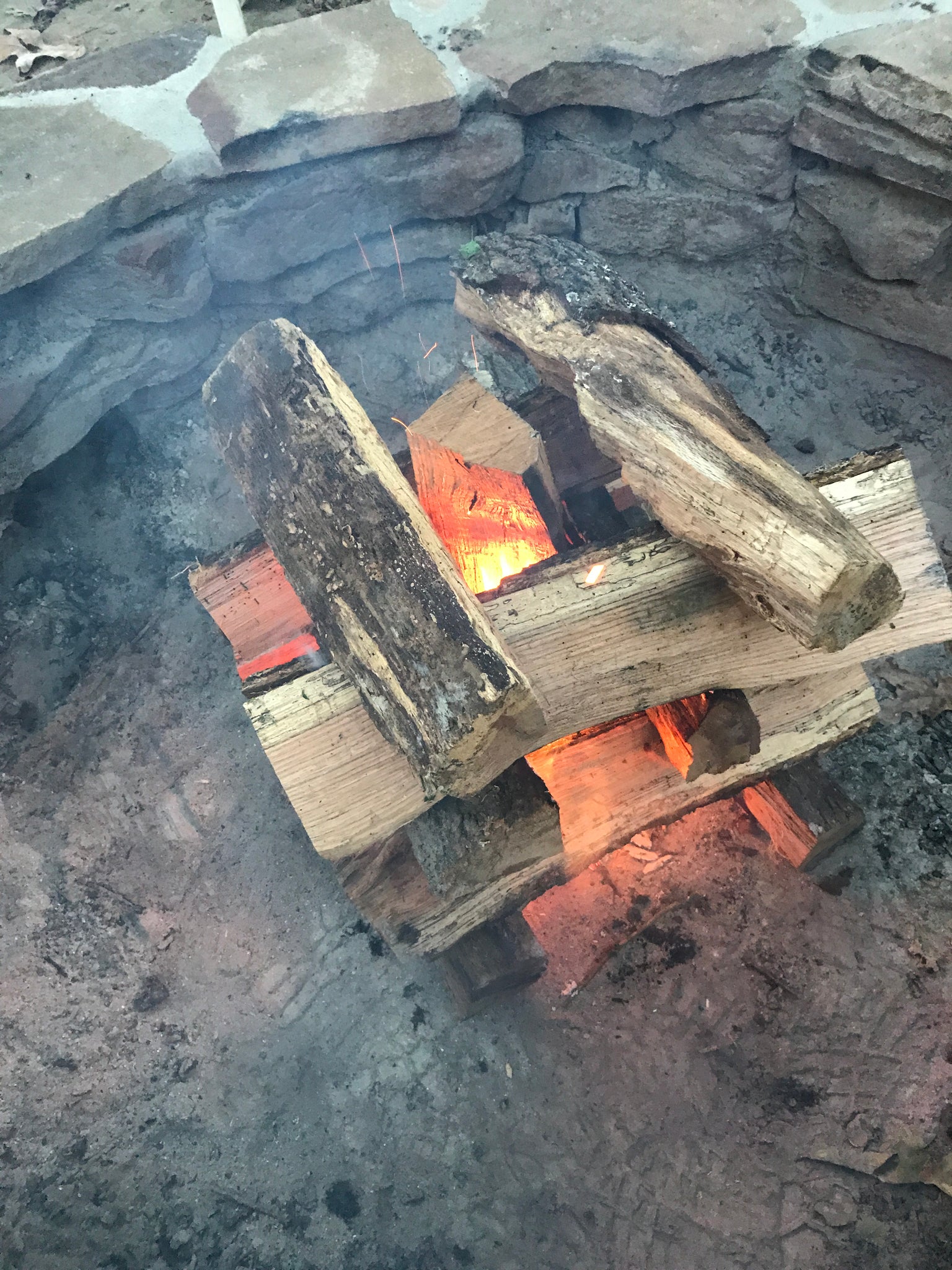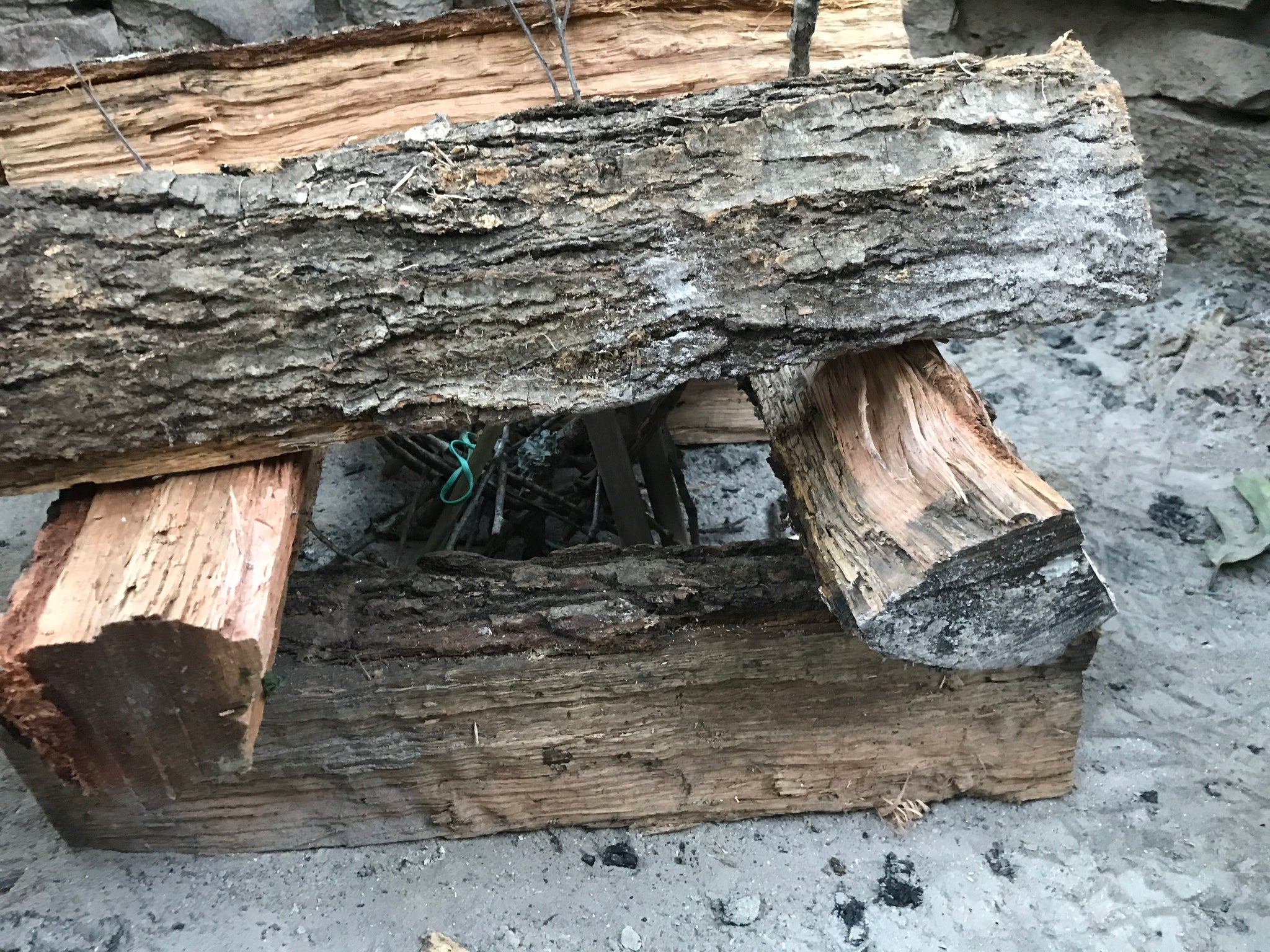
wander far
our nomads live ........
which sinks faster a pound of lead or a pound of feathers??
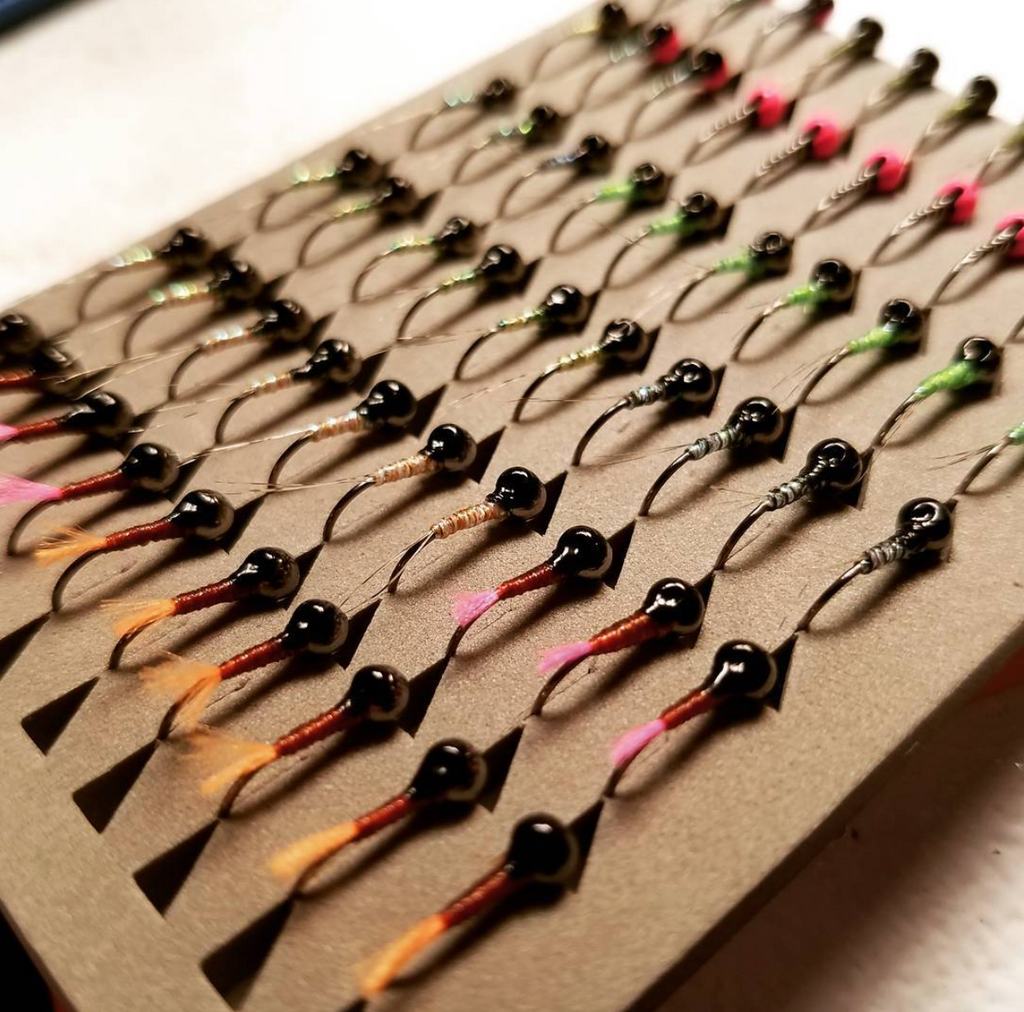
* image by @jess_l_westbrook
by jess westbrook
We all remember the riddle “which weighs more: a pound of lead or a pound of feathers?” and the naïve answer would be a pound of lead. Of course, we all know that they actually weigh the same. As I have matured as a fly fisherman and started competition angling I have started focusing more on the sink rates of my flies than I do actual fly patterns. So instead of which weighs more feathers or lead, when it comes to fly fishing, I am only worried about what sinks fastest.
Just to tell you how serious I take sink rates — I have been known to have my pregnant wife on top of our kitchen bar dropping flies into a 7-foot vile filled with water while I am laying on the floor with a stopwatch timing how long it takes them to hit the bottom of the vile!
Increasing the sink rates of your flies will improve your catch rates significantly. Getting your flies down faster will increase the amount of time that your flies are in the strike zone and thus will result in more hook-ups.
Here are ways increase sink rates:
- UV Resin – Coating the bodies of certain flies with UV Resin to decrease resistance while sinking through the water.
- Different feathers – Tightly wrapped hackle will sink slower than Cul de Canard (CDC) feathers.
- Sleeker/Slimmer flies – A hare’s ear nymph sparsely tied will sink a lot faster than a pattern tied with what looks like a bag of dubbing.
- Lighter Tippet – Using lighter tippet will increase the sink rates because there is less resistance to from the line while the fly is sinking.
As a competition angler I am always trying to increase sink rates which will ultimately result in more fish caught. So, if you were to ask me the question “which sinks faster a pound of lead or a pound of feathers?” my answer would of course be Tungsten!!
Read more

* image by @jess_l_westbrook
by jess westbrook
We all remember the riddle “which weighs more: a pound of lead or a pound of feathers?” and the naïve answer would be a pound of lead. Of course, we all know that they actually weigh the same. As I have matured as a fly fisherman and started competition angling I have started focusing more on the sink rates of my flies than I do actual fly patterns. So instead of which weighs more feathers or lead, when it comes to fly fishing, I am only worried about what sinks fastest.
Just to tell you how serious I take sink rates — I have been known to have my pregnant wife on top of our kitchen bar dropping flies into a 7-foot vile filled with water while I am laying on the floor with a stopwatch timing how long it takes them to hit the bottom of the vile!
Increasing the sink rates of your flies will improve your catch rates significantly. Getting your flies down faster will increase the amount of time that your flies are in the strike zone and thus will result in more hook-ups.
Here are ways increase sink rates:
- UV Resin – Coating the bodies of certain flies with UV Resin to decrease resistance while sinking through the water.
- Different feathers – Tightly wrapped hackle will sink slower than Cul de Canard (CDC) feathers.
- Sleeker/Slimmer flies – A hare’s ear nymph sparsely tied will sink a lot faster than a pattern tied with what looks like a bag of dubbing.
- Lighter Tippet – Using lighter tippet will increase the sink rates because there is less resistance to from the line while the fly is sinking.
As a competition angler I am always trying to increase sink rates which will ultimately result in more fish caught. So, if you were to ask me the question “which sinks faster a pound of lead or a pound of feathers?” my answer would of course be Tungsten!!
Read more
the periphery

by matt abbott
We are made to move. Designed to roam toward the wonder of new and unknown spaces.
In my opinion, when its time to travel there is nothing quite like the feeling of a freshly packed vehicle, a full tank of gas, and the limitless wonder and excitement of what memories lay down the path of the open road. However, there has been a change in the beloved roadtrip over the past several years. An unfortunate shift brought upon us by our ever-growing dependence of technological “convenience.”
I am sad to say that this change has happened to one of my favorite components of the roadtrip: the map. Now, I’m not referring to a downloaded app that pops up on the few square inches of a computer screen you hold in the palm of your hand. I’m referring to the oversized, worn out, ripped edged, coffee stained, collection of printed lines, dots, dashes, and contours that all come together to make up a representation of the landscape you are about to enter: the paper map, or in book form the atlas.
Opening up the atlas to guide you on your travels allows for the backroads and scenic byways to potentially stitch themselves into the fabric of your experience. Maps and atlases give life to these hidden gems and at the least create a small window for them to be a part of your trip's memory.
There is a uniqueness that can be found in the periphery. A uniqueness that cannot be found at 75mph on the quickest route from point A to point B. A uniqueness that can be as memorable to your journey as the destination itself. My journey is not a "stay inside the lines" experience. It is not a "follow the digital directions to shave 10 minutes off the drive" excursion. My journey is a twisting, winding, back-tracking, get lost type of adventure. An adventure that can only be found in the periphery and I would not have it any other way.
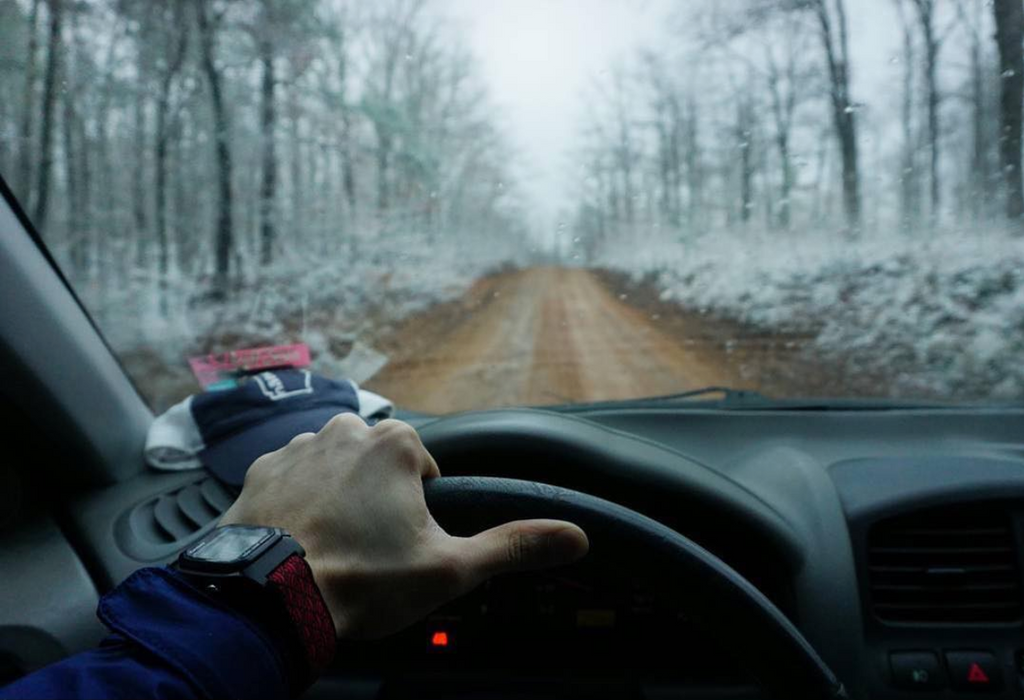
* image by @t.stal
Read more

by matt abbott
We are made to move. Designed to roam toward the wonder of new and unknown spaces.
In my opinion, when its time to travel there is nothing quite like the feeling of a freshly packed vehicle, a full tank of gas, and the limitless wonder and excitement of what memories lay down the path of the open road. However, there has been a change in the beloved roadtrip over the past several years. An unfortunate shift brought upon us by our ever-growing dependence of technological “convenience.”
I am sad to say that this change has happened to one of my favorite components of the roadtrip: the map. Now, I’m not referring to a downloaded app that pops up on the few square inches of a computer screen you hold in the palm of your hand. I’m referring to the oversized, worn out, ripped edged, coffee stained, collection of printed lines, dots, dashes, and contours that all come together to make up a representation of the landscape you are about to enter: the paper map, or in book form the atlas.
Opening up the atlas to guide you on your travels allows for the backroads and scenic byways to potentially stitch themselves into the fabric of your experience. Maps and atlases give life to these hidden gems and at the least create a small window for them to be a part of your trip's memory.
There is a uniqueness that can be found in the periphery. A uniqueness that cannot be found at 75mph on the quickest route from point A to point B. A uniqueness that can be as memorable to your journey as the destination itself. My journey is not a "stay inside the lines" experience. It is not a "follow the digital directions to shave 10 minutes off the drive" excursion. My journey is a twisting, winding, back-tracking, get lost type of adventure. An adventure that can only be found in the periphery and I would not have it any other way.

* image by @t.stal
Read more
building the perfect camp fire
by brett tucker
There are many different ways to build a camp fire. My favorite is the log cabin stack. Here is how you do it:
Other than a nice safe spot to pick out for a campfire, there are a few things you will need before you get started: tinder, kindling, fuelwood, and a lighting mechanism to start the fire. You will stack all three in this order:
- tinderkindling
- kindling
- fuelwood
The tinder is basically anything soft, fluffy and dry and it must be very easily lit. Good tinder includes things like dry grass, pine needles, shredded wood shavings, etc.
Once the tinder is lit, the kindling will soon catch. Kindling is larger than tinder, but still very small. Small twigs, split wood pieces and dry bark works great. A common mistake in fire building is to put sticks that are too big on a fire too soon. This will put your small growing flame out. You must be patient and let the fire breathe, especially when it is just catching.
Next is the fuelwood. This is what will sustain your fire. Ideally, these are not big logs. The best pieces for fuelwood are medium sized and obviously dry. This will keep your fire burning hot for a long time — although you will need to keep feeding it!
The stack: I like to pile up my tinder in the middle then set up a teepee with the kindling around it. Then I use my fuelwood to make a log cabin. I like to stack it four or five levels high. The log cabin stacking allows the fire to breathe easily and it is fun to set up. Once it burns long enough, it will fall over; this is a good thing because it breaks up the coals and makes the fire super hot. From this point, you can simply throw more wood on top and it should burn hot until you let it go out.
Read more
by brett tucker
There are many different ways to build a camp fire. My favorite is the log cabin stack. Here is how you do it:
Other than a nice safe spot to pick out for a campfire, there are a few things you will need before you get started: tinder, kindling, fuelwood, and a lighting mechanism to start the fire. You will stack all three in this order:
- tinderkindling
- kindling
- fuelwood
The tinder is basically anything soft, fluffy and dry and it must be very easily lit. Good tinder includes things like dry grass, pine needles, shredded wood shavings, etc.
Once the tinder is lit, the kindling will soon catch. Kindling is larger than tinder, but still very small. Small twigs, split wood pieces and dry bark works great. A common mistake in fire building is to put sticks that are too big on a fire too soon. This will put your small growing flame out. You must be patient and let the fire breathe, especially when it is just catching.
Next is the fuelwood. This is what will sustain your fire. Ideally, these are not big logs. The best pieces for fuelwood are medium sized and obviously dry. This will keep your fire burning hot for a long time — although you will need to keep feeding it!
The stack: I like to pile up my tinder in the middle then set up a teepee with the kindling around it. Then I use my fuelwood to make a log cabin. I like to stack it four or five levels high. The log cabin stacking allows the fire to breathe easily and it is fun to set up. Once it burns long enough, it will fall over; this is a good thing because it breaks up the coals and makes the fire super hot. From this point, you can simply throw more wood on top and it should burn hot until you let it go out.
Read more
five secrets from a fly fishing guide
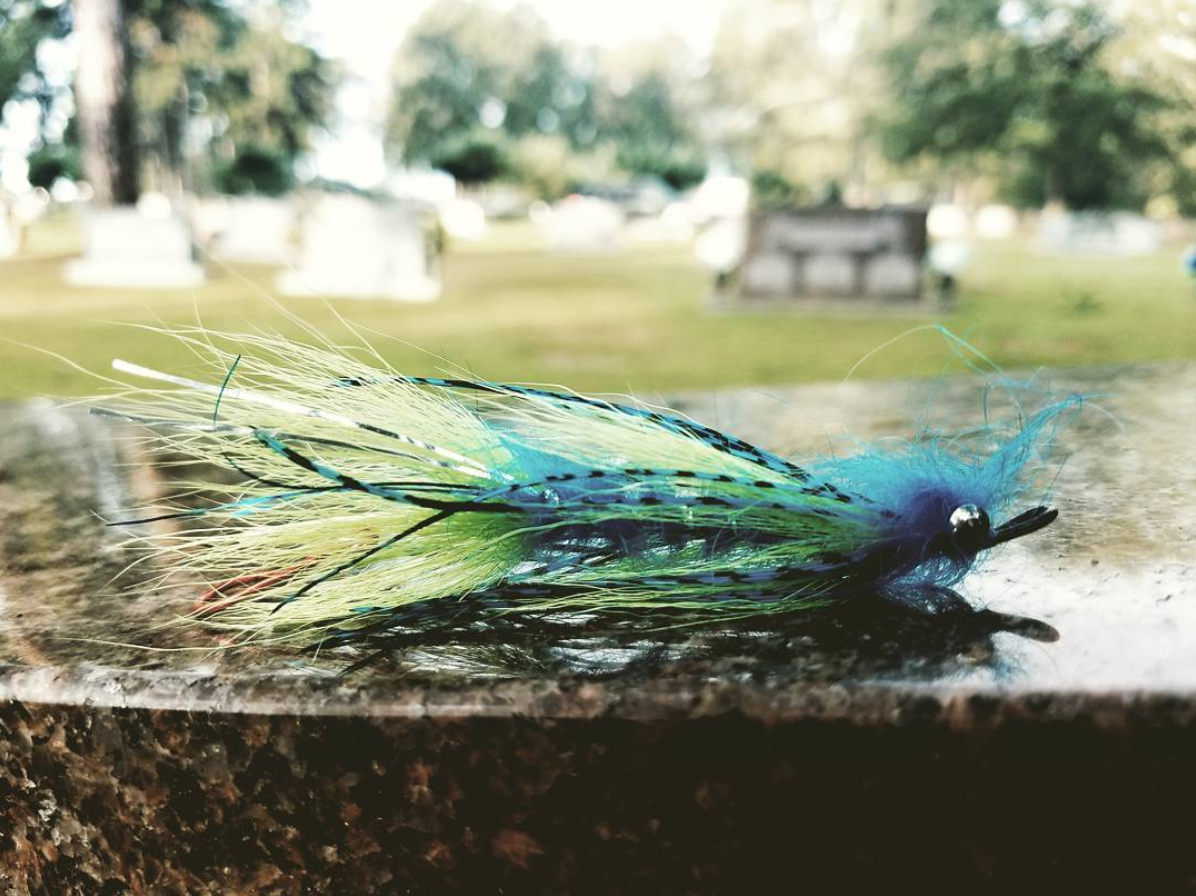
by jess westbrook
Every fishing guide has secrets, but most will not share them because those secrets are considered proprietary knowledge they worked hard to learn. Countless days on the river, hours at the vise, discussions with other guides, great days on the river, and tough days on the river — these things have molded who they are as fishermen and as guides, and therefore this information is kept close. Over the last decade, I have guided in Alaska, guided in Arkansas, traveled to fish with numerous great fishermen in 15 states and fished in competitions against some of the best fishermen in the United States — listed below are the five most important things I have learned over the last decade.
- Know Your Flies: My boxes are broken down by bead size and organized based on sink rates. All my flies are tied with tungsten beads and not just because tungsten sinks faster; the main reason is to create consistency. If your box has two identical flies — one tied with a tungsten bead and the other with brass — they will fish differently.
- Tippet: Normally, I fish the lightest tippet I can get away with using. The majority of the time I am fishing 7x — not only is it tougher for the fish to see, there is less surface area so it improves the sink rate of your fly therefore you are in the strike zone longer.
- Egos Hinder Learning: Whenever I am fishing with others I constantly try to learn from them, it doesn’t matter if they have been fishing for two weeks or 20 years you can learn from others. They may be doing something unconventional with their fly that is triggering fish to move.
- Presentation Trumps Pattern: If you are fishing a fly you have confidence in and you aren’t getting eats, before you change flies try adding weight or making sure you are presenting a drag free drift. I believe that the way you present a fly is more important than the actual fly you are fishing.
- Slow Down: Look, Listen and Observe before you cast. Before I start fishing I will walk up and down the section of river and get a plan before I ever step foot in the river.
Long drifts and tight lines! If you guys have any questions about this article feel free to shoot me an email jess@livnativ.com

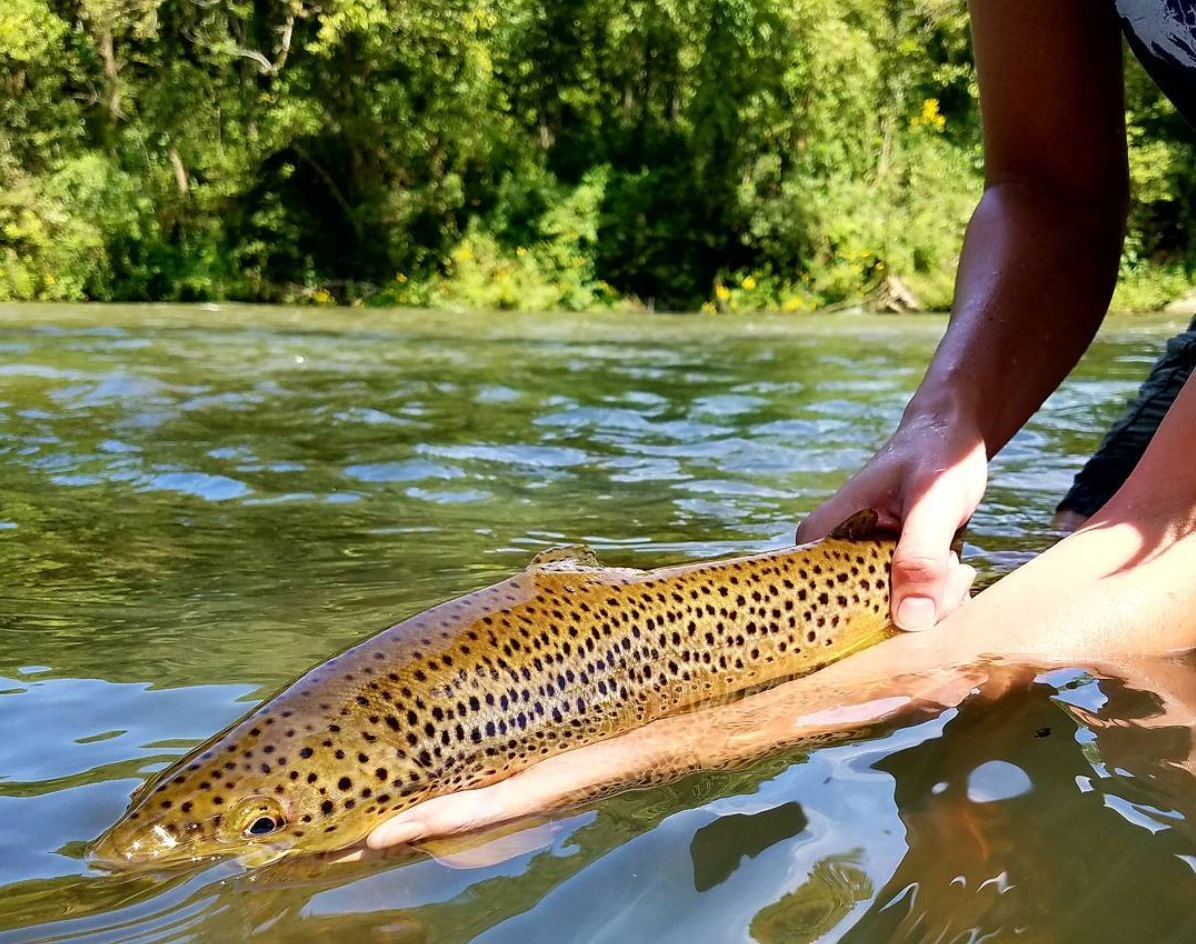
About Jess
Jess Westbrook was exposed to fly fishing at a young age. He spent weeks every summer chasing stocker rainbows in Roaring River, Missouri. During his college years he cut his teeth guiding for Rainbow Bay Resort in Pedro Bay, Alaska. Guiding gives Jess the opportunity to combine his two passions: fishing and teaching. Today he owns Arkansas-based guide service Black Dun Fly Fishing and is the general manager for Nushagak Paradise Lodge which is located on the Nushagak River outside of Dillingham, Alaska. In 2015 Jess and his wife Laura founded The Mayfly Project, a non-profit organization that mentors foster children through fly fishing.
* all images from @jess_l_westbrook
Read more

by jess westbrook
Every fishing guide has secrets, but most will not share them because those secrets are considered proprietary knowledge they worked hard to learn. Countless days on the river, hours at the vise, discussions with other guides, great days on the river, and tough days on the river — these things have molded who they are as fishermen and as guides, and therefore this information is kept close. Over the last decade, I have guided in Alaska, guided in Arkansas, traveled to fish with numerous great fishermen in 15 states and fished in competitions against some of the best fishermen in the United States — listed below are the five most important things I have learned over the last decade.
- Know Your Flies: My boxes are broken down by bead size and organized based on sink rates. All my flies are tied with tungsten beads and not just because tungsten sinks faster; the main reason is to create consistency. If your box has two identical flies — one tied with a tungsten bead and the other with brass — they will fish differently.
- Tippet: Normally, I fish the lightest tippet I can get away with using. The majority of the time I am fishing 7x — not only is it tougher for the fish to see, there is less surface area so it improves the sink rate of your fly therefore you are in the strike zone longer.
- Egos Hinder Learning: Whenever I am fishing with others I constantly try to learn from them, it doesn’t matter if they have been fishing for two weeks or 20 years you can learn from others. They may be doing something unconventional with their fly that is triggering fish to move.
- Presentation Trumps Pattern: If you are fishing a fly you have confidence in and you aren’t getting eats, before you change flies try adding weight or making sure you are presenting a drag free drift. I believe that the way you present a fly is more important than the actual fly you are fishing.
- Slow Down: Look, Listen and Observe before you cast. Before I start fishing I will walk up and down the section of river and get a plan before I ever step foot in the river.
Long drifts and tight lines! If you guys have any questions about this article feel free to shoot me an email jess@livnativ.com


About Jess
Jess Westbrook was exposed to fly fishing at a young age. He spent weeks every summer chasing stocker rainbows in Roaring River, Missouri. During his college years he cut his teeth guiding for Rainbow Bay Resort in Pedro Bay, Alaska. Guiding gives Jess the opportunity to combine his two passions: fishing and teaching. Today he owns Arkansas-based guide service Black Dun Fly Fishing and is the general manager for Nushagak Paradise Lodge which is located on the Nushagak River outside of Dillingham, Alaska. In 2015 Jess and his wife Laura founded The Mayfly Project, a non-profit organization that mentors foster children through fly fishing.
* all images from @jess_l_westbrook
Read more
spring giveaway
enter our spring giveaway to win a full set of our spring designs, a value of over $500! you will get one color of each design on a tshirt, tank and hat from our spring catalog.
follow the instructions below PLUS like the instagram giveaway post and tag three friends in a comment on the instagram post.
- follow @livnativ on instagram
- like the giveaway post
- comment on the giveaway post and tag three friends you wander far with!
- sign up for nativ emails (sign up box at bottom of page)
Read more
enter our spring giveaway to win a full set of our spring designs, a value of over $500! you will get one color of each design on a tshirt, tank and hat from our spring catalog.
follow the instructions below PLUS like the instagram giveaway post and tag three friends in a comment on the instagram post.
- follow @livnativ on instagram
- like the giveaway post
- comment on the giveaway post and tag three friends you wander far with!
- sign up for nativ emails (sign up box at bottom of page)


